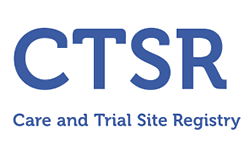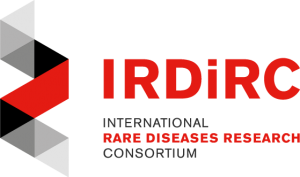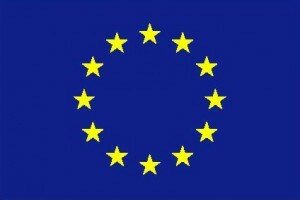Periodic paralysis with progressive myopathy and inherited myotonias and paramyotonias are important neuromuscular disease and muscle channelopathies. To date genetic defects in voltage-gated ion channel genes are known to be responsible for many of these diseases. Mutations in sodium [SCN4A], chloride [CLCN-1], calcium [CACNA1S] and potassium [KCNJ2/KCNJ18] channel genes usually cause significant stiffness, weakness and neurological disability, but these genes only account for 65% of cases. Without accurate genetic diagnosis patients may not receive the appropriate clinical management or genetic counselling. Furthermore, there is significant potential for orphan drug development and trials provided accurate genotyped patient cohorts are established.
There is currently limited diagnostic genetic testing for patients; typically by Sanger sequencing, of certain regions of known channel genes. There is now significant opportunity to employ high throughput exome sequencing to cover the entirety of all known genes and to develop this into a rapid diagnostic test to increase numbers of genotyped patients and therefore allow deep clinical phenotyping and treatment response assessment. In addition, using a whole exome approach, and muscle channel gene targeted filtering bioinformatics, there is significant potential to identify new causative genes rapidly.
There is significant overlap in muscle with the brain channelopathies and disorders such as episodic ataxia, hemiplegic migraine and paroxysmal kinesigenic dyskinesia that are caused by defects in the KCNA1, CACNA1A and PRRT2 genes. In the same way as the muscle channelopathy cases we are also exome sequencing the brain channelopathy patients and families with the intension to functionally study the likely channel defects identified.
Please contact us if you wish to include any patients or families in the exome sequencing research.
Director of the MRC Centre for Neuromuscular Diseases: Prof Mike Hanna
Laboratory and Exome sequencing: Prof Henry Houlden



